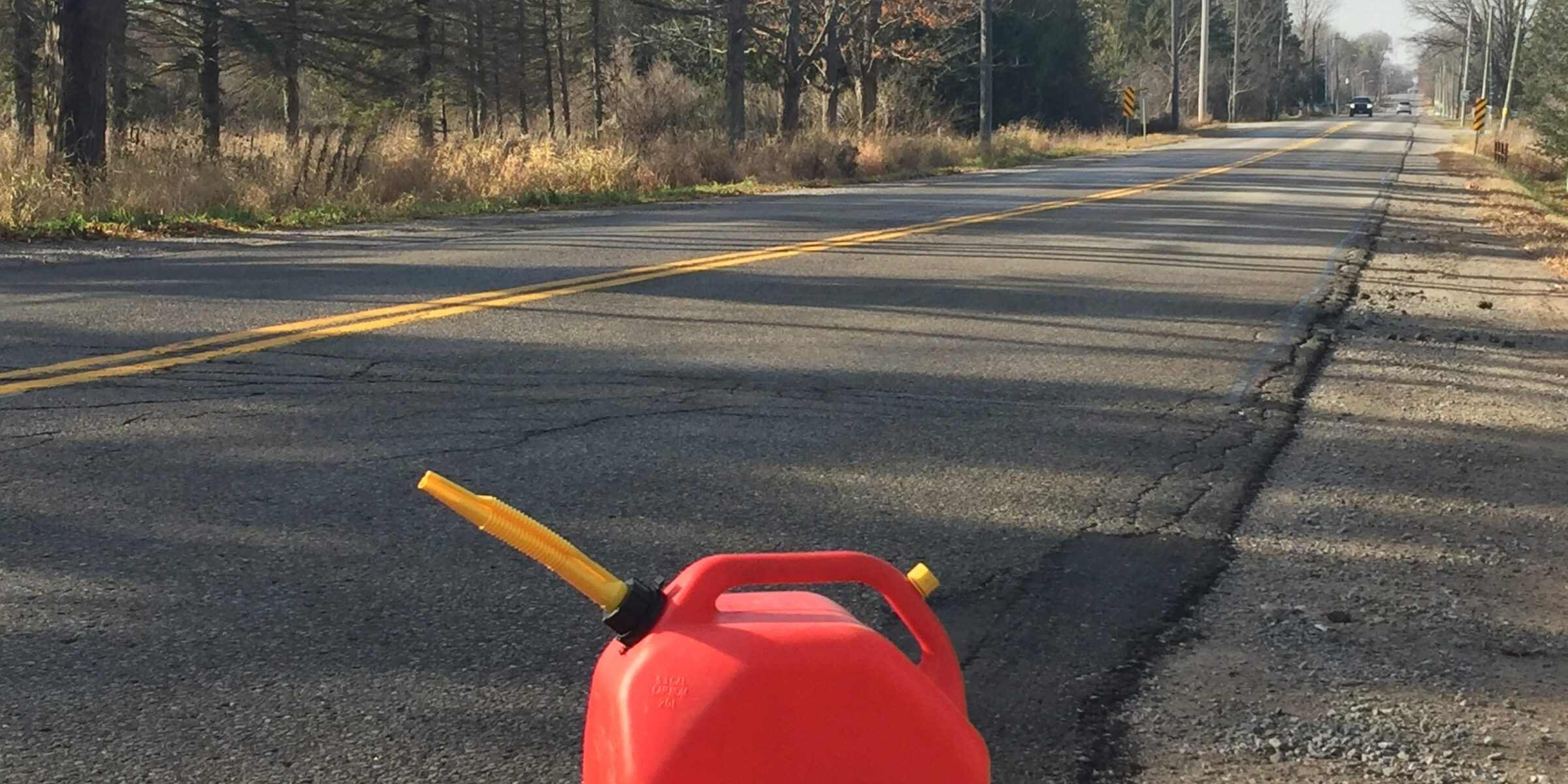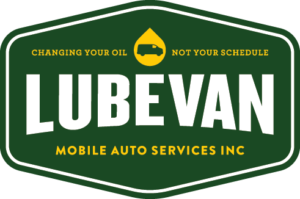Fuel Mileage Series Part 2: Hypermiling

In this weeks post, we will take a look at a trend that is gaining in popularity around the world. Its called hypermiling, a form of extreme energy efficient driving where the aim is to get the most mileage out of every litre of fuel. If you’ve ever been stuck behind one of these drivers in traffic, it can be a little frustrating, but there are some who have figured out a formula to get fuel economy well beyond even what manufacturers suggest their vehicles can achieve. Lets look at a few of the ways that drivers are saving the environment, and keeping those extra dollars in their pockets.
- Keep your car well maintained and clutter free
This one might seem obvious, but regular maintenance will not only keep your vehicle running better and longer, but will also improve fuel economy. Regular oil changes help reduce engine temperature and keep the car running efficiently. This helps to reduce wasted power, and improves fuel economy. Also, keeping tires at the correct tire pressure and rotating them on a regular schedule (minimum twice per year or around every 15,000 km) will also help you save fuel. Roof racks, front and rear spoilers, open windows and sunroofs create a lot of drag when you’re driving and reduce the aerodynamics of the vehicle which burns more fuel.
- Take the long way around
Often the most direct route from A to B is also the route that most other drivers are taking. Heavy traffic and stop and starts are a killer for fuel economy. Try taking the route less travelled to minimize traffic and red lights. If possible, plan out a route with a minimum of turns that will force you to slow down and accelerate. Also, try to leave on time so you aren’t rushed and forced to drive quickly to get where you’re going. The time of day is also a critical factor. Try to avoid driving in rush hour as much as possible. I know that’s asking a lot in our city, but try to plan your day accordingly.
- Accelerate briskly
Conventional wisdom says that aggressive acceleration must be bad for fuel economy. Actually the opposite is true. When you accelerate from a stop, you should avoid giving it everything the car has, but at the same time should try to aim to go at 2/3’s of the cars power. Accelerate up to the speed you want to get to, and then come off the accelerator. Try to shift through your gears relatively quickly. If your car is OBD-II and EOBD compliant, there are even apps that can turn your smart phone into an on-board fuel gauge and show you the fuel economy in different gears. Generally driving in higher gears gives better mileage; so accelerating slowly is not the solution. Some serious hypermilers even drive without their shoes on so they get a better feel for the accelerator and feel more in control of the car.
- Stay off the brakes
Hypermilers hate braking. While the gas pedal turns fuel into kinetic motion, the brakes do nothing but waste fuel that has already been spent. When you see a red light or stop sign ahead, come off the brakes and coast as much as possible. Try to time your arrival at an intersection around the time that the vehicle in front of you will be accelerating away. This can be frustrating for drivers behind you, but we’re only giving tips on how to get the most from your fuel! There is a technique known as accordion driving when you’re stuck in heavy traffic. Basically you need to leave a gap between you and the driver in front so that as they are slowly moving forward, you are slowly coming in behind them to take their place. If done professionally, you can coast for much of the way without ever hitting the gas.
- Pulse and glide
Some newer cars, especially gas/electric hybrids have new engine features that you can exploit to get the best possible fuel economy. These cars will shut off power to the engine when you’re in a freewheel coast. Say you’re driving on a road with a 60 km/h speed limit. You could accelerate up to 70 km/h (the pulse) and then let the car coast until your speed comes down to 50 km/h (the glide). The engine will disengage for all but the acceleration part of the trip, which means you will only be using fuel for a small part of the journey. This is much more efficient than trying to keep at a constant rate of speed that keeps steady pressure on the gas pedal. But we at LubeVan never advocate speeding!
- Watch your fuel display
Most cars built in the last few years come with a fuel consumption display. Simply put: Watch it! Like so many other things in life, the act of focusing on something immediately has on impact on the outcome. You can’t manage what you can’t measure, so pay attention to your display. I keep mine on regularly so I can see how my current driving compares to the average since the last time I reset it. I even play games with myself where I set a target of reducing the average fuel use number by the time I get to my destination (I really do).
- Reduce peripheral power use
Ultimately, all the power used in your car comes from internal combustion within the engine. Try turning your lights off during the day and keep on just running lights. Air conditioning and heat are heavy power users, so driving with the window open and the A/C on is not very helpful. Keep in mind that stereo’s, phone chargers, heated seats and mirrors, and many other luxury features of modern cars are all drawing power form the engine and all come at the expense of good fuel economy.
We’d love to hear from you. Please let us know if you have other tips for all our readers to keep their fuel costs low.

